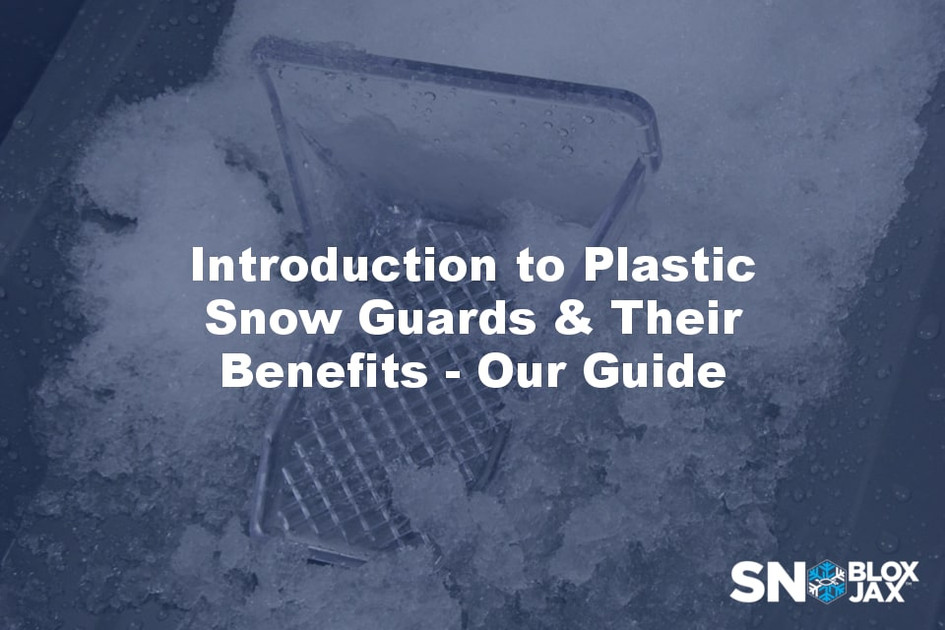Introduction to Plastic Snow Guards And Their Benefits - Our Guide
Posted by Snoblox Snojax on Feb 27th 2020
The purpose of a snow guard is to prevent ice and snow on roofs from avalanching onto people and property below. It is essentially a safety device that is widely used in homes that are in regions that receive plenty of snowfall.
In this article, we’ll talk about a certain type of snow guard that’s seeing more use today. More specifically, we’ll discuss snow guards that are made of plastic. Find out why polycarbonate is the most popular choice in today’s market.
If you’re still undecided between polycarbonate and metal, let us help shed light on the matter. Here are the benefits of plastic snow guards:
No risk of corrosion
Plastics do not rust or corrode. Snow and the succeeding moisture left behind can cause some metal snow guards to rust and corrode over time. This can cause failures and damage to the roof’s finish.
Suitable to cold temperatures
Metal has a tendency to become brittle under the low temperatures brought upon by snowy winters. With plastic, this isn’t a problem, and they can be more effective at protecting your roof in the long run.
Can be less noticeable
Metal snow guards can ruin the aesthetics of your property as they will look quite different from your roof. The way they are mounted can also mean that certain parts of it jut out awkwardly from the rest of the building. Plastic snow guards are less bulky and can be made in clear material so that they blend in with the surroundings.
Superior strength
Polycarbonate guards are made form the same material as astronaut’s face shields, bulletproof glass, and skylights. It is an incredibly strong material, usually stronger than a comparable sized metal snow guard at a lower price.
More install options
Plastic snow guards have the advantage of different attachment methods, either adhesive or mechanical fastening with screws. Metal guards are not able to be installed using adhesive.
Should I DIY install my snow guard?
There are several technical aspects to snow guard installation that you need to be familiar with in order to ensure that they work at maximum efficiency. First, you have to determine the correct layout. This means you have to know how many roof guards you need and how to arrange them in relation to one another. Roof dimensions, pitch, and shape will all have to be accounted for. You can visit www.SpacingTool.com to obtain a free layout based on your project’s data.
You will also need to know the appropriate way of installing your roof guards. You will need to choose between adhesives, screws, and other types of mounting methods, depending on the materials used in your roof as well as the snow load values in your locality.
Another important concern is that of safety. Installing roof guards, especially in snowy climates, can sometimes be hazardous, so you’ll need to have all the necessary precautions.
With these in mind, we recommend that you seek the help of a professional when installing your plastic snow guards. Also, remember to purchase them from a reputable manufacturer to ensure that they work well for many years to come.

